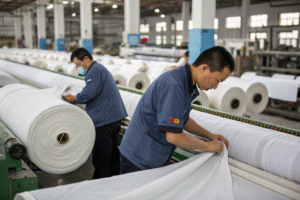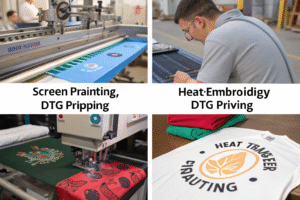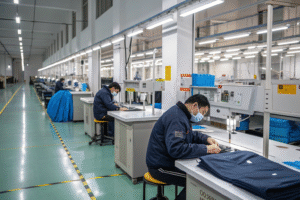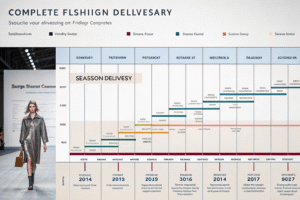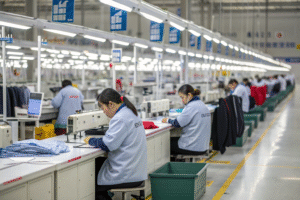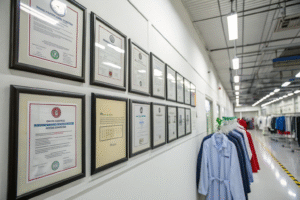The global apparel industry is a dynamic and ever-evolving sector. As we look ahead to 2025, what trends and statistics will shape the future of fashion? Let’s explore the key insights and forecasts for the apparel market.
The global apparel market is projected to grow significantly by 2025, driven by increasing consumer demand, technological advancements, and sustainability initiatives. This growth highlights the industry’s resilience and its ability to adapt to changing market conditions.
Now, let’s dive deeper into the statistics and trends that will define the apparel industry in 2025.
What is the Apparel Market in 2025?
What will the apparel market look like in 2025? How will consumer behavior and industry trends shape its future?
By 2025, the apparel market is expected to be characterized by rapid growth, increased focus on sustainability, and the rise of e-commerce. These factors will drive innovation and reshape the industry landscape.

How Will Consumer Behavior Influence the Apparel Market?
Consumer behavior will play a crucial role in shaping the apparel market in 2025. As shoppers become more conscious of sustainability and ethical practices, brands will need to adapt to meet these demands.
Here’s how consumer behavior will impact the market:
- Sustainability: Consumers are increasingly prioritizing eco-friendly and ethically produced clothing.
- Personalization: Shoppers are seeking customized and unique fashion experiences.
- Digital Shopping: The rise of e-commerce and social media will continue to influence purchasing decisions.
Brands that align with these consumer preferences will thrive in the evolving market.
What Role Will Technology Play in the Apparel Industry?
Technology will be a key driver of innovation in the apparel industry by 2025. From advanced manufacturing techniques to AI-driven design, technology will transform how clothes are made and sold.
Here’s a look at the technological advancements shaping the industry:
- 3D Printing: This technology will enable faster prototyping and customization.
- AI and Data Analytics: Brands will use AI to predict trends and optimize inventory.
- Virtual Try-Ons: Augmented reality will enhance the online shopping experience.
These innovations will help brands stay competitive and meet consumer expectations.
What is the Global Apparel Market Forecast?
What does the future hold for the global apparel market? What are the key growth drivers and challenges?
The global apparel market is forecasted to reach $2.25 trillion by 2025, with a compound annual growth rate (CAGR) of 4.5%. This growth will be driven by emerging markets, digital transformation, and sustainability initiatives.
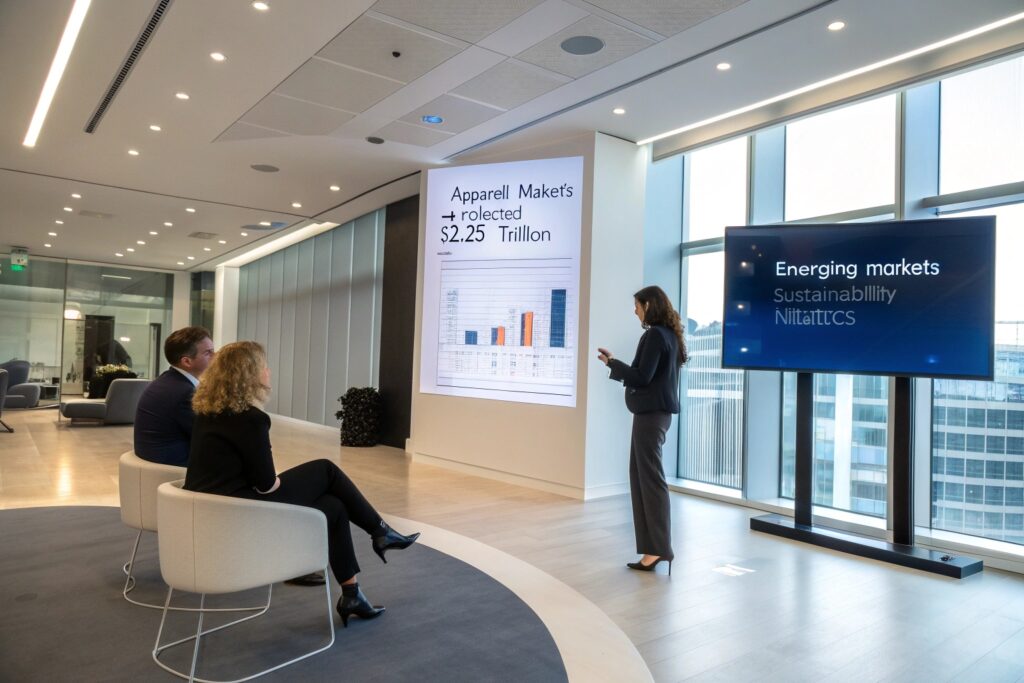
Which Regions Will Drive Market Growth?
Emerging markets, particularly in Asia and Africa, will be significant contributors to the global apparel market’s growth. Rising disposable incomes and urbanization will fuel demand for clothing in these regions.
Here’s a breakdown of regional growth projections:
| Region | Projected Growth Rate (2025) |
|---|---|
| Asia-Pacific | 6.2% |
| North America | 3.8% |
| Europe | 3.5% |
| Africa | 5.7% |
| Latin America | 4.1% |
These regions will offer lucrative opportunities for brands looking to expand their reach.
What Challenges Will the Apparel Industry Face?
Despite its growth, the apparel industry will face several challenges by 2025. These include supply chain disruptions, rising production costs, and increasing competition.
Here are some of the key challenges:
- Supply Chain Issues: Global disruptions, such as pandemics and geopolitical tensions, will impact production and distribution.
- Cost Pressures: Rising raw material and labor costs will squeeze profit margins.
- Sustainability Demands: Brands will need to invest in eco-friendly practices to meet consumer expectations.
Addressing these challenges will be critical for sustained growth.
Is the Fashion Industry One of the Biggest in the World?
How does the fashion industry compare to other global industries? What makes it one of the largest sectors?
The fashion industry is one of the largest and most influential sectors in the world, contributing significantly to global GDP and employment. Its economic impact and cultural relevance underscore its importance.
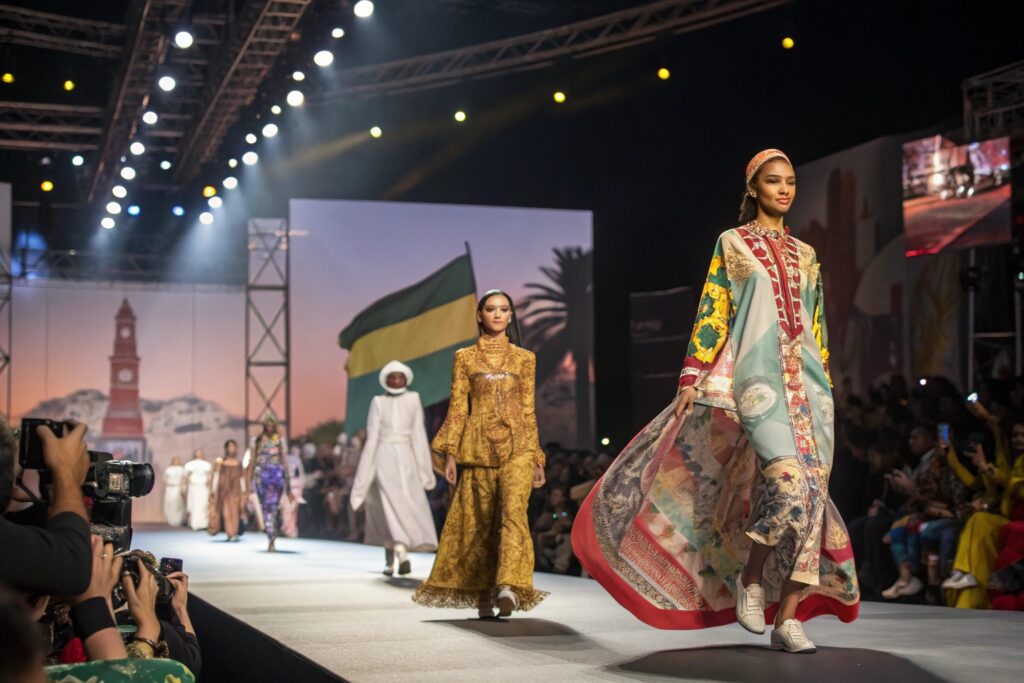
How Does the Fashion Industry Contribute to the Global Economy?
The fashion industry is a major economic driver, generating trillions of dollars in revenue and employing millions of people worldwide. Its influence extends beyond clothing to include accessories, footwear, and luxury goods.
Here’s a snapshot of its economic impact:
- Revenue: The industry generates over $1.5 trillion annually.
- Employment: It employs more than 300 million people globally.
- Cultural Influence: Fashion shapes trends and consumer behavior across the globe.
This economic and cultural significance makes the fashion industry a powerhouse.
What Makes the Fashion Industry Resilient?
The fashion industry’s resilience lies in its ability to adapt to changing trends and consumer preferences. Despite challenges, it continues to innovate and grow.
Here’s why the industry remains strong:
- Constant Innovation: Brands continuously introduce new designs and technologies.
- Global Reach: Fashion transcends borders, appealing to diverse markets.
- Consumer Loyalty: Strong brand identities and marketing strategies foster customer loyalty.
These factors ensure the industry’s continued success.
What is the Revenue of the Apparel Market?
What are the revenue projections for the apparel market? How will different segments perform by 2025?
The global apparel market is expected to generate $2.25 trillion in revenue by 2025. Key segments, including sportswear, luxury fashion, and fast fashion, will drive this growth.

Which Apparel Segments Will See the Highest Growth?
Certain segments of the apparel market will experience higher growth rates due to changing consumer preferences and market trends.
Here’s a look at the fastest-growing segments:
- Sportswear: Increasing health consciousness and athleisure trends will boost demand.
- Luxury Fashion: Rising disposable incomes in emerging markets will drive luxury sales.
- Sustainable Fashion: Eco-friendly brands will gain traction as consumers prioritize sustainability.
These segments will offer significant opportunities for brands.
How Will E-Commerce Impact Apparel Revenue?
E-commerce will play a pivotal role in driving apparel revenue by 2025. Online shopping platforms and digital marketing strategies will enable brands to reach a global audience.
Here’s how e-commerce will shape the market:
- Global Reach: Brands can sell to customers worldwide through online platforms.
- Personalized Shopping: AI-driven recommendations will enhance the shopping experience.
- Convenience: Easy returns and fast shipping will attract more online shoppers.
E-commerce will be a key revenue driver for the apparel industry.
Conclusion
The global apparel industry is poised for significant growth by 2025, driven by consumer demand, technological advancements, and sustainability initiatives. As brands adapt to these trends, they will unlock new opportunities and continue to shape the future of fashion.



